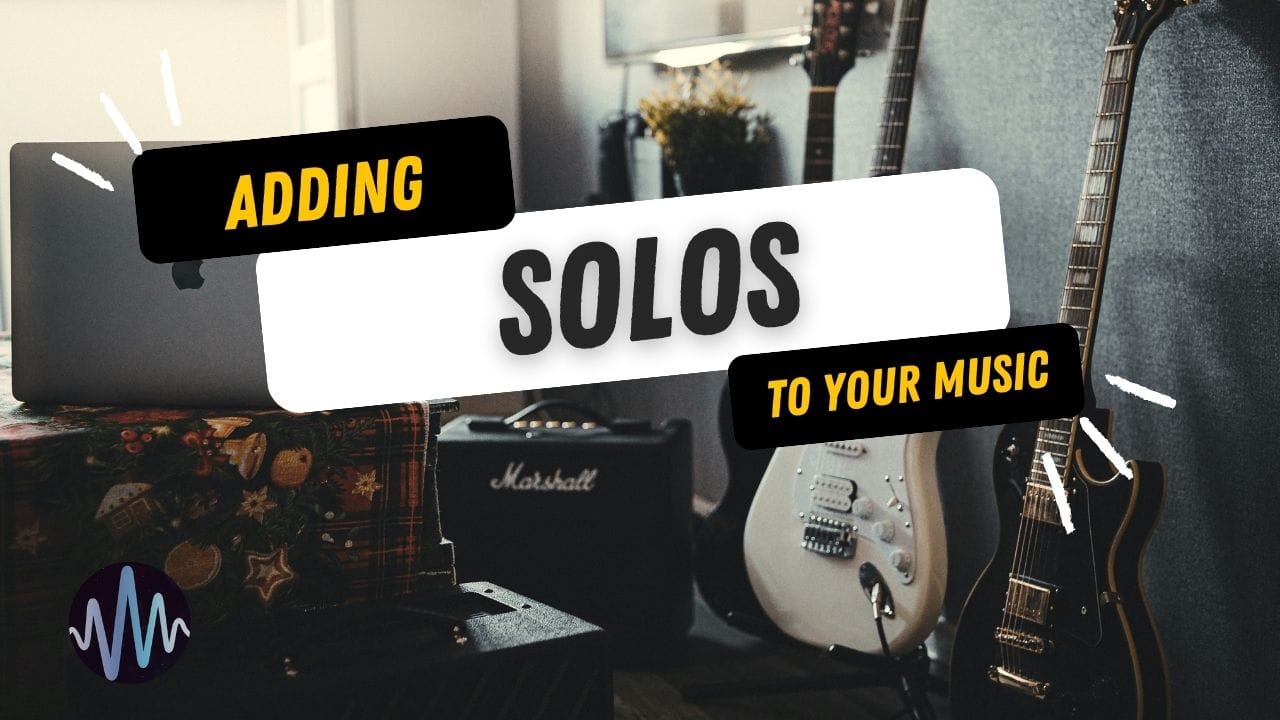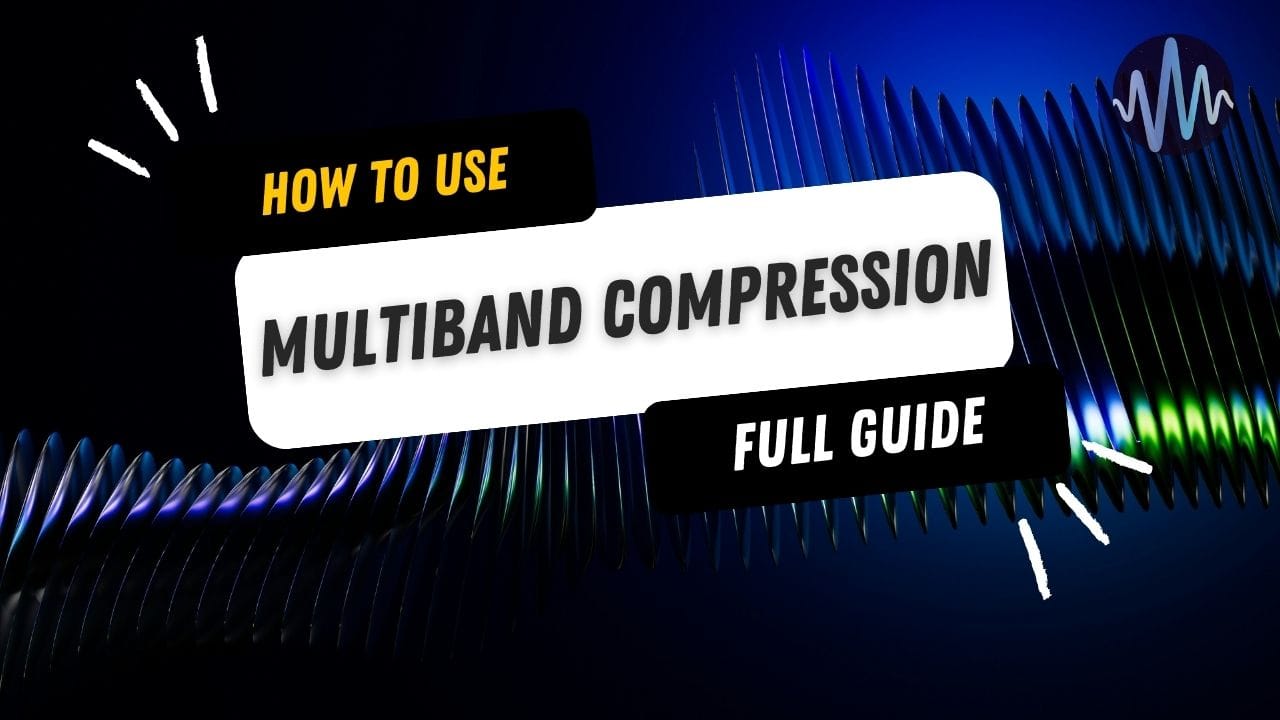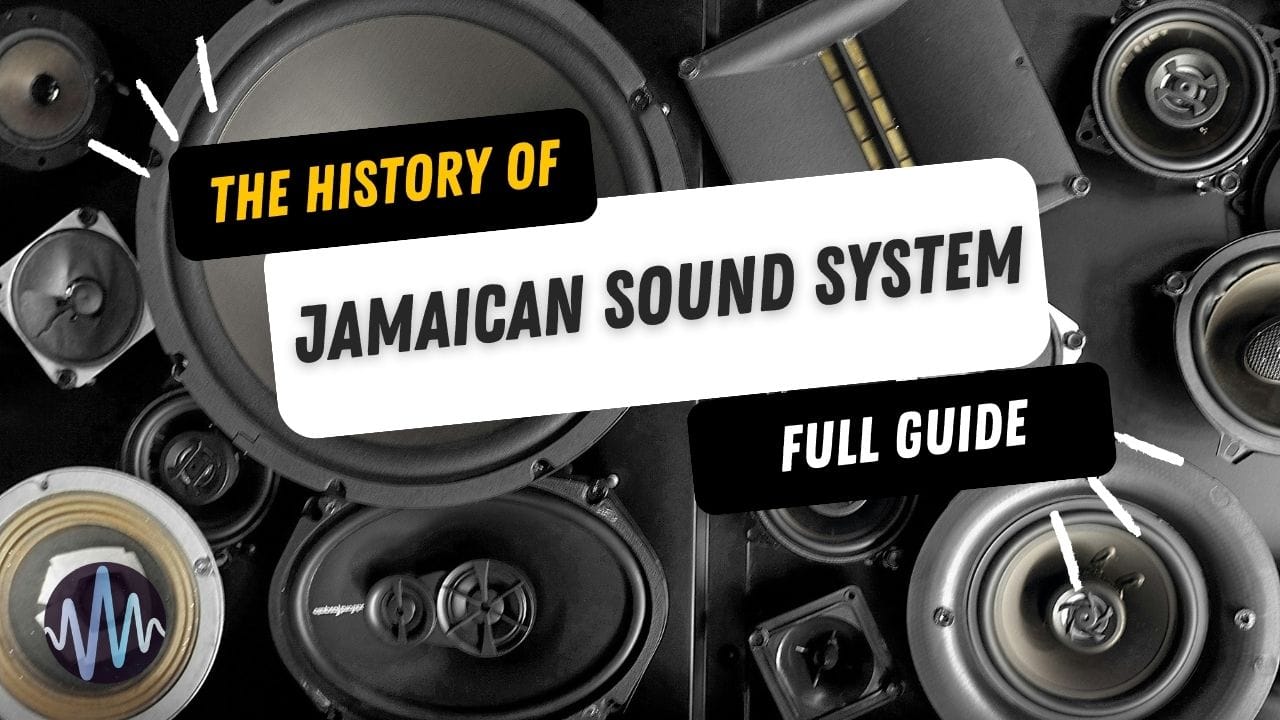
Something weird happened to music in the late '90s. Solos just... disappeared.
One day, we had talented musicians shredding over beats, the next, we had endless four-minute loops with drops instead of solos.
Electronic music could have been the ultimate solo playground.
With infinite sonic possibilities, you could theoretically program bass lines that would make Jaco Pastorius weep, craft keyboard runs that defy human finger limitations, or design drum patterns more complex than anything Neil Peart ever imagined...
Instead, the genre eliminated individual instrumentation in favor of the collective rhythm and groove.
It has both benefits and drawbacks, democratizing music and bringing the focus to the experience. But it has cost us a bit of creativity.
But some artists do buck the trend, proving the two aren't mutually exclusive.
Have you considered how your music might benefit from a great solo?
- The Death of the Solo
- Guitar Solos in Electronic Music
- Bass and Synth Electronic Music Solos
- Add a Solo to Your Next Production
The Death of the Solo
Electronic music is mostly incompatible with traditional instrumental expression.
Here’s why:
- Traditional solos needed space to build tension, explore ideas, and resolve conflicts. But electronic music is built on loops. Everything has to fit into neat, four or eight-bar cycles.
- DJing’s medium requires seamless mixing between tracks. A guitar solo that builds for 32 bars makes it impossible to beatmatch into the next song.
- The attention economy of streaming algorithms rewarded immediate hooks over slow-building narratives. Why craft a solo that takes two minutes to pay off when you need to grab listeners in the first eight seconds?
- Meanwhile, modern pop, hip-hop, etc, didn’t act as a natural home for solos, particularly as modern pop music became heavily about individual artists and less and less about the band.
Sampling means electronic music uses pre-used sounds, excellent for production purposes, but limiting for individual instrumentation.
Also, solos aren’t as valued in electronic music’s ethos and purpose. Electronic productions often need to blend in by definition, as you want continuity for your genre and to give DJs something to spin with other tracks.
With all that aside, there are many well-known and legendary artists bucking the trend and delivering amazing instrumentation.
Guitar Solos in Electronic Music
When guitar solos work in electronic music, they create emotional tension, dynamics, and excitement. Here are five acts that prove it:
Pendulum
The Australian drum'n'bass outfit that pioneered the fusion of breakbeats with live rock instrumentation proved that guitars could enhance rather than compete with electronic elements.
Rob Swire's genius lay in understanding that electronic production could make guitars sound bigger than any amp stack.
Tracks like "Propane Nightmares," "Witchcraft," and "Showdown" feature guitar parts that were simultaneously recognizable as rock instruments and completely transformed by electronic processing.
Pendulum has frequently played top slots at rock and metal festivals, such as Download and Sonisphere in the UK.
They recently toured with Limp Bizkit, and songs like “Blood Sugar” and “Tarantula” are known for their crossover with the metal scene.
When guitarist Perry ap Gwynedd joined for their breakthrough album “Hold Your Colour," Swire had a specific vision: treating guitars as walls of sound alongside the synths.
Drummer KJ Sawka, meanwhile, brought insane energy and technical ability to Pendulum's performances.
“Slam" became one of their heaviest guitar-driven tracks, while “The Tempest" showcased how their guitar work could build tension across an entire song structure rather than just providing brief solos.
Infected Mushroom
The psytrance duo of Erez Eisen and Amit Duvdevani, that has been around since the 90s, showcased their insane talent through solo instrumentation.
Guitarists Thomas Cunningham and Erez Netz joined the group in 2004, the same year the band relocated to Los Angeles.
Their breakthrough came with “Becoming Insane" from 2007's "Vicious Delicious" album – a track that featured Spanish guitar alongside Gil Cerezo from Mexican band Kinky.
The song opens with an acoustic Spanish guitar before morphing into full psytrance mode, then brings the guitar back for an actual solo section.
Long before that, “Converting Vegetarians" featured heavy metal-style riffs processed through psytrance filters, while “Heavy Weight" showcased how they could make guitars sound both organic and completely alien. They later released “Guitarmass" in 2018 and regularly perform with live guitarists.
The Prodigy
Liam Howlett's Essex-born big beat pioneers turned electronic music into something dangerous by recruiting multiple guitarists over the years.
Jim Davies provided guitar on “Firestarter" and “Breathe," while their collaboration on tracks like “Their Law" showed how electronic and rock elements could enhance rather than compete with each other.
“Spitfire" featured vocals from Juliette Lewis over crushing guitar riffs that felt more like samples than traditional rock playing. “Serial Thrilla" took the guitar processing even further, creating textures that belonged entirely to electronic music while undoubtedly crossing into rock and metal.
The Prodigy's success lay in treating guitars as another electronic texture.
By running them through the same processing chains as their synthesizers – compression, distortion, filtering – they created hybrid sounds that made them one of the greatest live bands ever.
And that’s a key point. Proper instrumentation makes electronic music acts capable of headlining massive multi-genre shows and festivals.
Just imagine if The Prodigy were just one guy behind the decks? Exactly...it doesn't work.
Justice
The French electro house duo of Gaspard Augé and Xavier de Rosnay pioneered the compressed, maximalist variant of electronic rock fusion.
Their debut album, Cross, was composed as an “opera-disco" album, featuring many samples and “microsamples" throughout. Tracks like “DVNO" and “Phantom" featured heavily processed bass and guitar elements.
"Genesis" opens their album with what sounds like a guitar riff but could just as easily be a heavily processed synth – the line becomes deliberately blurred.
Justice understood that electronic production could make guitars sound bigger and more powerful than traditional rock production ever could. And that the funk of a real bass was tough to beat – especially for their groovy genre of dance music.
The Qemists
The UK-based trio emerged from the ashes of a failing rock band with a mission to prove that drum'n'bass didn't have to abandon instrumentation, and undoubtedly inspired Pendulum and their bordering with the rock and metal scenes.
Dan Arnold, Leon Harris, and Liam Black wanted to create something genuinely hybrid.
Their 2009 debut “Join the Q" became a masterclass in inter-genre madness, featuring tracks that could seamlessly transition from pummeling metal breakdowns to liquid drum'n'bass euphoria.
"Stompbox" became their calling card – a track that sounds like it was recorded during a fight between a metal band and a rave.
The guitar work doesn't just complement the electronic elements; it actively wrestles with them, creating tension that somehow resolves into pure dancefloor energy.
When they recruited Mike Patton from Faith No More for vocal duties, that really took the band’s metal and rock cred up a notch. Here was a band that understood the solo wasn't dead – it just needed to be willing to share the spotlight with a 174 BPM breakbeat.
Their live shows became legendary for turning metal venues into impromptu raves.
Bass and Synth Electronic Music Solos
This might be electronic music's strangest omission. Every EDM track runs on bass – it's often the most important element – yet bass solos have become virtually extinct.
Squarepusher
Tom Jenkinson stands alone as electronic music's bass virtuoso. His combination of complex drum programming and live guitar creates an incredibly textural tone and composition.
His 2009 album “Solo Electric Bass 1" consists of twelve tracks recorded from his September 2007 live performance at Cité de la Musique in Paris, performed using only a 6-string electric extended-range bass guitar and amplifier.
Hard Normal Daddy is an amazing album that truly depicts electronic music as just as natural as any acoustic genre, but with a much broader sonic palette.
“Come On My Selector" features bass work that feels both foundational and melodic, while “Port Rhombus" showcases how electronic production can make bass sound both intimate and massive.
Feed Me
Jon Gooch, the British producer behind multiple aliases including the drum'n'bass project Spor, incorporates bass guitar into dubstep and electro house through his Feed Me project.
Born in 1984 in Hertfordshire, England, Gooch first established himself in drum'n'bass before transitioning to his Feed Me project.
Tracks like "Little Cat Steps" and “Grand Theft Ecstasy" showcase some intricate forms of instrumentation with guitar-like leads.
Feed Me definitely “shows off” rather than tries to blend in, which makes these sounds work so well – because they’re so well done. If you’ve got the skill, show it.
Enter Shikari
And that brings us neatly onto Enter Shikari. Yes, it’s a rock band, but the synth leveled up their sound and made their live shows absolutely killer.
The St. Albans quartet (funnily just up the road from me) created what they called “electronicore,” treating the synth as a means to make their sound more frenetic and heavy.
But what made them different from other rock and metal bands using synths is that they kept the synth parts melodic and trance-like. Almost poppy, actually, rather than too symphonic.
“Sorry You're Not a Winner" shows how the keyboard contributes to that furious modern hardcore punk sound and becomes an instant classic among genre fans.
Aphex Twin
Richard D. James doesn’t exactly fit snugly into any genre bucket.
“Avril 14th" is one of his best tracks and was recorded with an acoustic instrument into microphones rather than a synth: Yamaha's Disklavier player piano.
"Avril 14th" and “Kesson Dalek" sound more like contemporary classical homages to piano preludes of the 20th century than candidates for an IDM album.
His technique involves programming that just sounds so organic and human performance, yet the results feel more sonically expressive than most traditional keyboard solos.
Add a Solo to Your Next Production
While electronic music took the magnifying glass away from individual expression – with both benefits and drawbacks – the tools to bring it back have never been more accessible.
The beauty of modern production is that you don't need to be a virtuoso to create compelling solos.
Electronic music has infinite sonic possibilities – you can program bass lines that would make session musicians weep, craft keyboard runs that defy human limitations, or layer guitar parts processed through effects that would be impossible with traditional rigs.
Here's how to get started:
- Start simple: Record a basic riff, then run it through filters, delays, and distortion until it sounds more electronic than acoustic.
- Sample and chop: Take a few bars of playing and slice them into something completely new.
- Clear the mix: Give your instruments space to breathe by removing other elements during solo sections.
- Process heavily: Treat live instruments as raw material for electronic manipulation rather than trying to recreate traditional rock solos.
- Think integration: Treating solo instruments more as synthesizers – processed, tightly controlled, and woven into the electronic arrangement.
Your next track doesn't need a two-minute solo, but it could use eight bars of something human cutting through the programming. The future of electronic music might just be hiding in that moment when you let an instrument tell its own story.
And for all your sample needs, Sample Focus has you covered. With hundreds of thousands of amazing samples across modalities and genres, you’ll find basslines, synths, guitars, and also ready-made solos ready to splice and use.
Browse samples for your next track today.





Comments